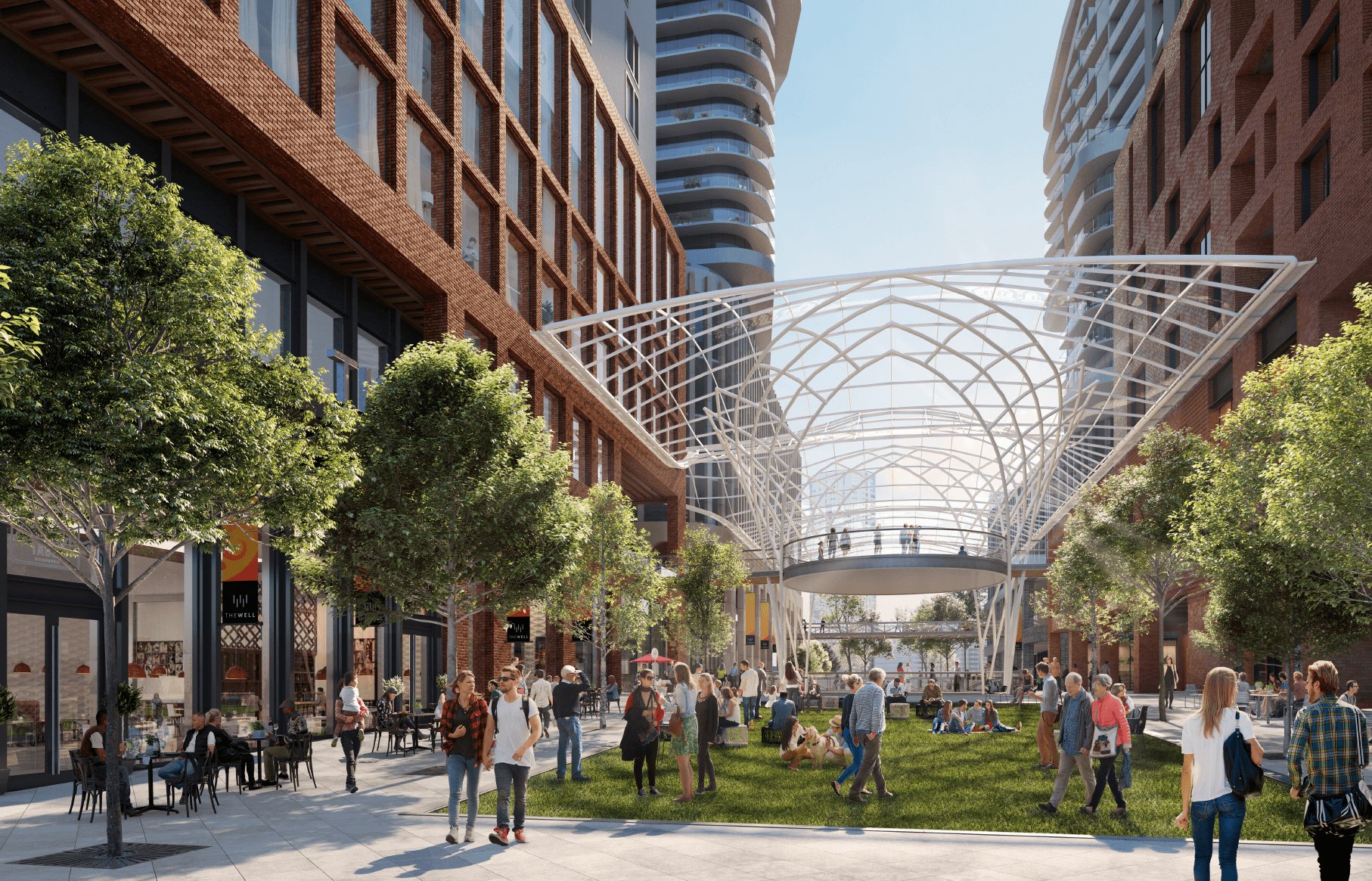How Does Architecture Adapt To Changing Climate Conditions?

As the world continues to grapple with the effects of climate change, a renowned architecture firm is looking for solutions that would help design buildings to combat the phenomenon. Gensler, a global design firm that operates in over 46 locations worldwide, is exploring various ways of designing buildings that could effectively mitigate the impact of global warming. This move is in line with the firm's commitment to sustainability, innovation, and exploration.
In a recent statement, the firm announced that it is focused on creating building designs that would help reduce the carbon emissions associated with buildings. This is essential since the construction and operation of buildings account for almost 40% of global carbon emissions. Therefore, finding ways to mitigate these emissions could make a profound contribution to addressing the climate crisis.
Gensler recognizes that designing for sustainability goes beyond just reducing greenhouse gas emissions, and they are also exploring other design techniques that could mitigate the impact of climate change. Below are a few ways that Gensler is exploring to design buildings for combating climate change:
1. Passive Design
Passive design involves using natural elements to regulate the temperature and lighting in buildings without relying on mechanical systems. Gensler is exploring ways of utilizing passive designs, such as shading, ventilation, and insulation, to reduce the energy consumption needed to regulate the interior environment. This approach would greatly help in reducing greenhouse gas emissions since it would help minimize the need for mechanical systems that typically run on fossil fuels.
2. Renewable Energy
Another way that Gensler is exploring to design buildings for climate change is by using renewable energy sources. The firm is investigating the use of alternative energy sources such as wind, solar, and geothermal energy in building design. By utilizing renewable energy sources, buildings could significantly reduce their reliance on fossil fuels that contribute to greenhouse gas emissions.
3. Green Roofs
Gensler is also exploring the use of green roofs in building design. Green roofs involve building rooftop gardens that could trap and reduce carbon emissions in the atmosphere. This approach would not only help reduce the carbon footprint of buildings but also create a more pleasant environment for building occupants.
4. Water Reclamation
Gensler recognizes that water is a valuable resource that should be conserved. Hence, they are designing buildings that enable the collection, treatment, and reuse of wastewater. This approach would help reduce the amount of water required and contribute to conserving precious water resources.
5. Intelligent Building Design
Gensler is also exploring ways of utilizing technology to design intelligent buildings that could adapt to changing weather conditions. For instance, buildings could automatically adjust their temperature, lighting, and ventilation systems based on occupancy and outdoor weather conditions. This approach could help save energy and reduce greenhouse gas emissions.
6. Material Selection
Gensler is investigating ways of selecting eco-friendly materials that would contribute to the sustainability of building design. The firm recognizes that building materials account for a significant amount of carbon emissions in the construction industry. Thus, using eco-friendly materials such as timber, bamboo, and recycled materials would help reduce carbon emissions in the building industry.
7. Net-Zero Buildings
Gensler is also designing net-zero buildings that generate as much energy as they use. These buildings would be self-sufficient in terms of energy use and could significantly reduce greenhouse gas emissions. Gensler is exploring various ways of designing net-zero buildings, including utilizing renewable energy sources and efficient building designs.
8. Sustainable Operations
Gensler recognizes that sustainable building design goes beyond construction and extends to the operation and maintenance of buildings. Hence, they are designing buildings that are easy to maintain and operate sustainably. This approach would help reduce the environmental impact of buildings in the long run.
FAQ
What is the impact of buildings on the environment?
The construction and operation of buildings account for almost 40% of global carbon emissions. Hence, finding ways to mitigate these emissions is crucial in addressing the climate crisis.
What are passive building designs?
Passive building designs involve using natural elements to regulate the temperature and lighting in buildings without relying on mechanical systems. This approach could help minimize the need for energy-consuming mechanical systems.
What are green roofs?
Green roofs involve building rooftop gardens that could trap and reduce carbon emissions in the atmosphere. This approach would not only help reduce the carbon footprint of buildings but also create a more pleasant environment for building occupants.
What are net-zero buildings?
Net-zero buildings generate as much energy as they use and are self-sufficient in terms of energy use. This approach could significantly reduce greenhouse gas emissions associated with buildings.
Why should building design be sustainable?
Building design should be sustainable to help reduce the carbon emissions associated with construction and operation in the building industry. Sustainable building design could also help conserve precious resources such as water and promote a healthier and more pleasant environment for building occupants.
What are eco-friendly materials?
Eco-friendly materials are building materials that minimize the environmental impact in their production, use, and disposal. These materials include timber, bamboo, and recycled materials.
What is the role of technology in sustainable building design?
Technology plays a crucial role in sustainable building design since it could help automate and optimize building systems to reduce energy consumption and greenhouse gas emissions.
In conclusion, Gensler's exploration of sustainable building design approaches is a step in the right direction in mitigating the impact of climate change. The firm's commitment to sustainability, innovation, and exploration could help design buildings that are eco-friendly, energy-efficient, and comfortable for building occupants. The approaches highlighted above could significantly reduce the carbon footprint associated with buildings and contribute to a greener and more sustainable future.



Post a Comment for "How Does Architecture Adapt To Changing Climate Conditions?"